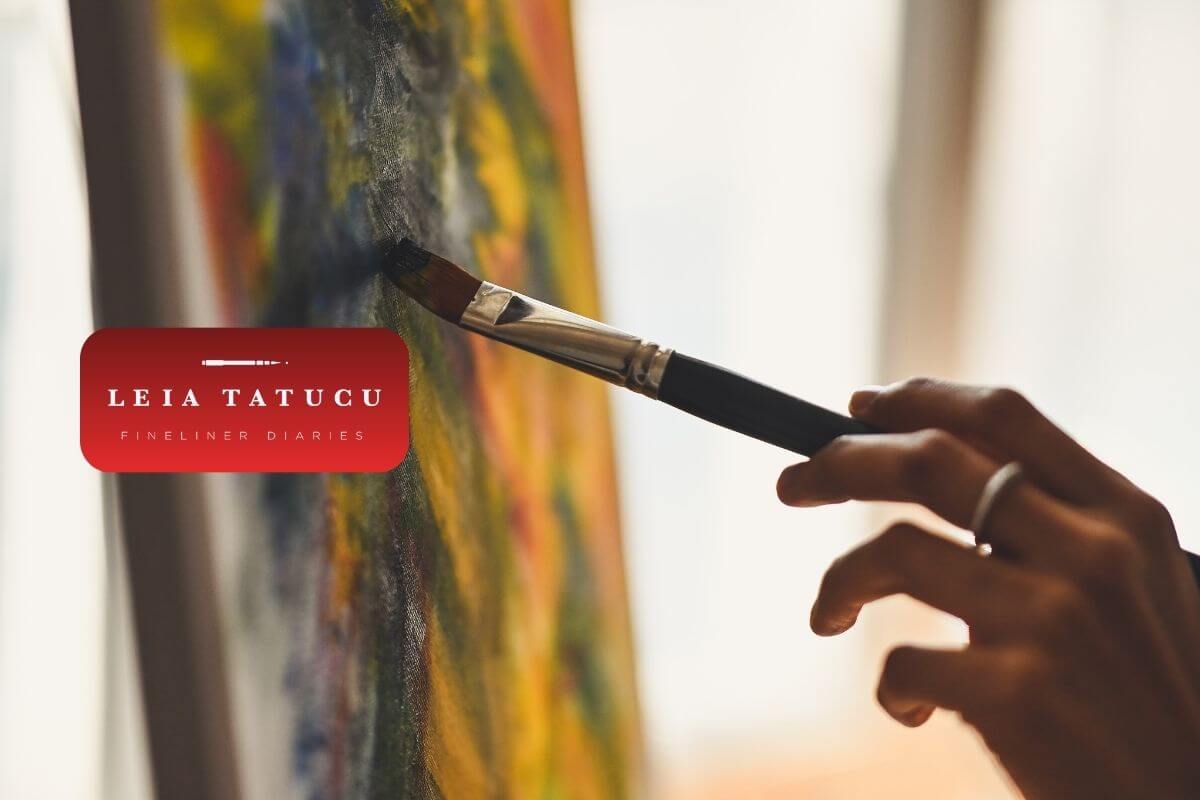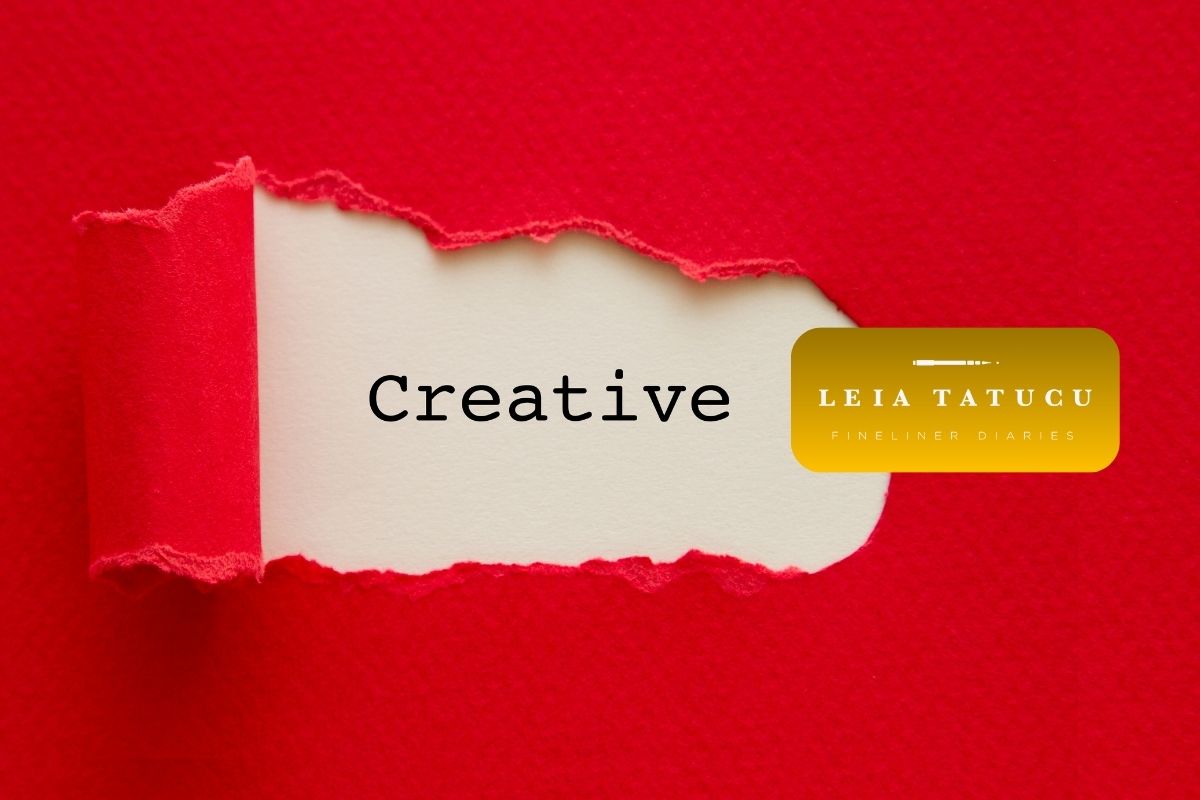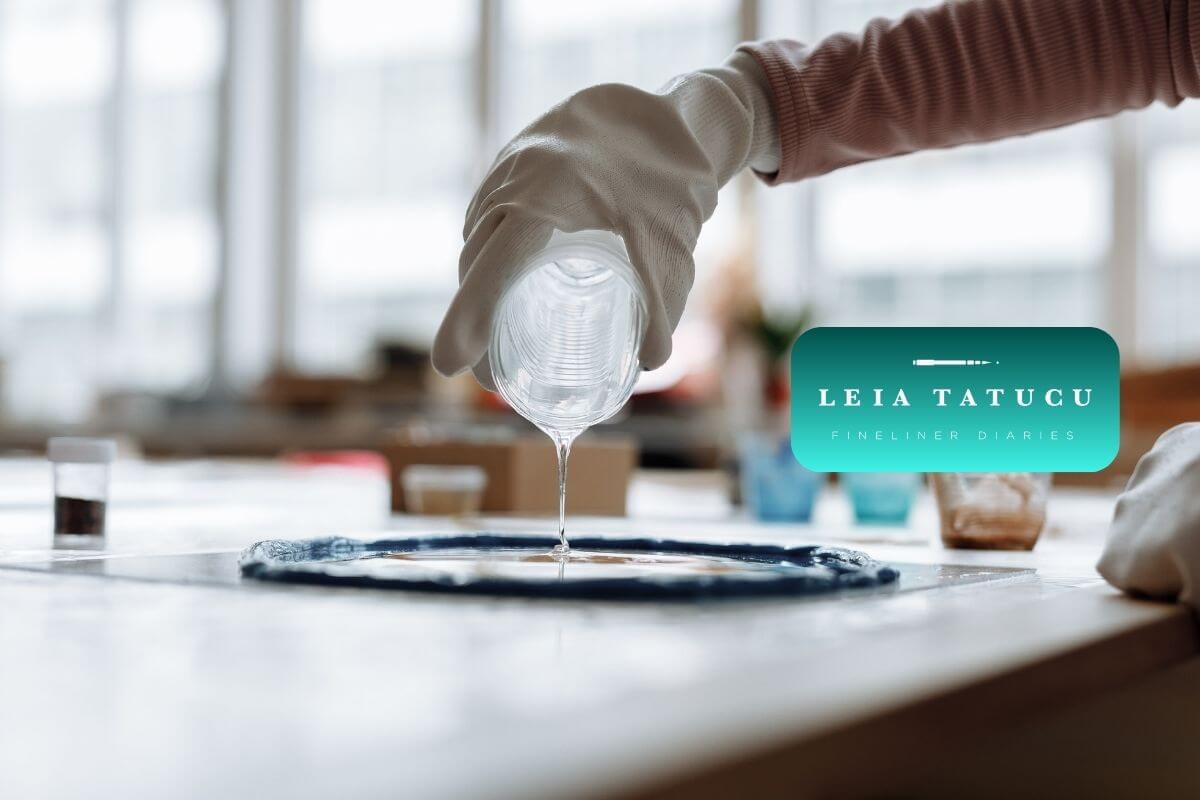
The Stories We Carry: Incorporating Personal Narratives into Art
Every piece of art begins with a spark—an idea, an image, or a feeling. For me, that spark is almost always a personal story. My artwork is a visual diary, a way to process my experiences and emotions. It gives me a sense of control and a powerful means of self-expression, allowing me to communicate on a much deeper level than words alone.
I'm often asked about my creative process, and I'm excited to share how personal narratives shape the core of my work. I’ll walk you through how I transform life events into visual metaphors and motifs. Hopefully, my journey can offer you a deeper appreciation for the stories embedded within the art you collect.
The Foundation: Art as a Personal Anchor
My journey as an artist is deeply tied to my life’s path. Over a decade ago, I made the decision to create art regularly—a choice that coincided with a major turning point in my life. Leaving my home in Romania, I moved to Germany to pursue a career as a civil engineer, stepping away from friends, family, and everything familiar. Amid this whirlwind of change, art became my anchor.
Drawing and creating became a daily ritual, helping me find balance during a time of uncertainty and homesickness. It offered me a space to process my emotions while also embracing the excitement of a new chapter. For me, art is more than a medium for creating beauty—it’s a tool for self-reflection. Through my work, I explore and express thoughts, emotions, and life experiences, gaining a deeper understanding of myself along the way.
I believe art can offer you the same, whether you create or collect it: a means of reflection, a source of stability, and a way to navigate and make sense of the world. It’s not just about acquiring a piece—it’s about connecting with its story, growing through contemplation, and finding clarity in the process.

Translating Life into Lines and Motifs
How does a personal experience become a finished piece of art? For me, the process involves translating feelings and events into a symbolic visual language. By combining fineliner drawings with resin, and geometric patterns with organic motifs, I create visual metaphors that tell a story.
Core Motifs and Their Meanings
A motif, in art, is a recurring element or idea. In my work, certain motifs appear repeatedly as they hold significant personal meaning. For example, floral elements, birds, and geometric shapes are often found in my compositions.
- Floral and Animal Motifs: These elements embody growth, nature, and the untamed aspects of emotion. A flower's delicate petals might symbolize vulnerability, while a powerful animal could represent resilience.
- Geometric Shapes: Circles, triangles, and lines introduce order and structure. They reflect the frameworks we build in our lives—our careers, relationships, and routines—and their interaction with our more organic, emotional selves.
It’s always fascinating to see what others discover in my art, as it often reflects their unique perspectives and personal stories. Learning which symbols or images resonate most deeply with you is incredibly rewarding. When discussing my creative process, I hope to offer a new lens through which to view and connect with art.
The Power of Storytelling through Composition
Once the motifs are chosen, the next step is crafting a composition that tells a compelling story. Take my artwork, "Golden Hour", for example. It’s part of a trio exploring the day’s most pivotal moments, using the sun’s position as a symbol of beginnings, peaks, and endings—representing the opportunities we seize to fulfill our ambitions and purpose.
This narrative transcends the simple act of capturing a sunrise or sunset; it serves as a powerful metaphor for purpose, ambition, and the relentless passage of time. Every element in the composition is thoughtfully crafted: the geometric patterns, the carefully selected medium, the deliberate color palette, and the intricate interplay of elements all come together to encapsulate the beauty and fragility of a fleeting moment.
As an artist, I see myself as a storyteller. Each stroke of my fineliner and every layer of resin becomes a word in a larger narrative. I dig deep into the heart of the story I want to share—its emotions, its conflicts, and its resolution. My tools—color, line, and balance—are my language, deliberately orchestrated to guide the viewer through the unfolding tale. The result is an experience that is cohesive, meaningful, and deeply impactful.

Practical Steps to Infuse Your Art Journey with Your Story
Are you ready to draw inspiration from your own life experiences and weave them into your art journey? Whether you're an artist or a collector, here are some practical steps I use that might spark ideas for how you connect with art.
1. Start a Visual Journal
You don’t need to be an artist to keep a visual journal. Start by keeping a simple journal where you can sketch, jot down ideas, or document moments from your life. I often write a few words about a significant event or feeling from my day, then translate it into a simple drawing. This practice helps me connect my personal experiences to my visual language.
My sketchbook is a safe space filled with fragmented ideas and emotional responses to everyday situations. For a collector, a similar journal can become a place to reflect on which pieces resonate with you and why, connecting them to your own life.
2. Identify Your Emotional Triggers
What moments in your life evoke the strongest feelings? I like to create a list of memories, both positive and challenging, including:
- Moments of joy or achievement.
- Times of struggle, loss, or growth.
- Major life transitions (like moving, starting a new chapter, or ending a relationship).
- Small, everyday moments that bring peace, wonder, or comfort.
These memories hold rich creative potential. When you view a piece of art, consider how it connects to these personal emotional triggers. This can transform your experience of a work from passive observation to an active, personal dialogue.
3. Build Your Symbolic Library
I’ve always been fascinated by the symbolic meanings of different elements, especially flowers, which often appear in my work. Over time, I’ve built a library of references—guides to the Victorian language of flowers, books on symbols and archetypes, and collections of imagery featuring angels, birds, and mythical creatures.
When starting a new piece, I draw from these resources to carefully select motifs, shapes, and color palettes that convey my story. Each element becomes a messenger—a key might represent new opportunities, while a winding road symbolizes life’s unpredictable journey.
Even the materials I use carry meaning. Take resin, for example: a fluid, unpredictable medium that I guide into form, though it ultimately retains its own untamed nature. This process reflects how I navigate life—embracing uncertainty while striving to create beauty and order from chaos.
The art you choose for your collection can also tell a story, offering a deeper perspective on your inner world. By connecting your emotions and experiences to the art you acquire, you can bring a more personal and meaningful dimension to your portfolio.

Your Story Is Worth Telling
Your life is a rich tapestry of moments, emotions, and experiences that belong solely to you. By connecting these personal stories to the art you collect, you build a collection that is not only authentic but profoundly meaningful. When I share pieces of my own story, I find it opens the door for others to connect with theirs.
Creating art from my life is a journey of self-discovery. It gives me purpose and allows me to express the full spectrum of my humanity. My hope is that my process inspires you to see your own stories not just as memories, but as a powerful way to connect with art.




Leave a comment
This site is protected by hCaptcha and the hCaptcha Privacy Policy and Terms of Service apply.